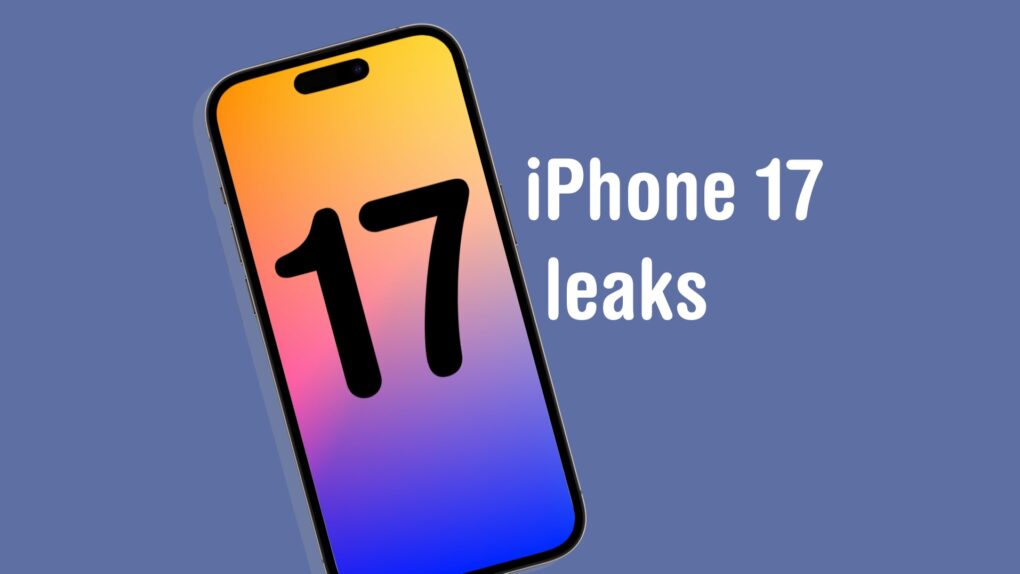Apple’s upcoming iPhone 17 and iPhone 17 Air will probably receive significant display upgrades, but recent leaks suggest the improvements may not be as comprehensive as initially hoped. While multiple sources have indicated the non-Pro models will finally get high refresh rate screens, a conflicting report now questions whether these will include Apple’s full ProMotion technology.
In other words, base iPhone 17 and super-thin iPhone 17 Air may lack what makes ProMotion what it is.
iPhone 17 and 17 Air may lack ProMotion display features
For years, Apple reserved its ProMotion displays exclusively for Pro model iPhones, leaving standard models with traditional 60Hz screens. This created a noticeable difference in smoothness when scrolling through apps, playing games or navigating the interface. Display analyst Ross Young, known for his reliable industry insights, suggested that Apple would expand ProMotion across the entire iPhone 17 lineup for the first time. And it became almost a consensus among rumor-mongers.
However, recent claims from Chinese leaker Fixed Focus Digital introduced some uncertainty about the predictions. The leaker suggests that while the iPhone 17 and iPhone 17 Air will indeed receive 120Hz displays, they will be standard high refresh rate screens rather than true ProMotion panels with adaptive refresh capabilities.
Understanding the technical difference
The distinction between standard 120Hz and ProMotion technology is more significant than it might initially appear. Both provide smoother visual experiences compared to traditional 60Hz displays, particularly noticeable during scrolling and gaming. However, ProMotion’s key advantage lies in its variable refresh rate capability.
ProMotion displays can dynamically adjust their refresh rate anywhere from 1Hz to 120Hz depending on the content being displayed and user interaction. When viewing static images or reading text, the screen can slow down to conserve battery life. During gaming or video playback, it ramps up to deliver maximum smoothness.
A fixed 120Hz display, by contrast, maintains its high refresh rate constantly, which could impact battery performance. Users would still experience improved visual fluidity, but potentially at the cost of shorter battery life compared to ProMotion’s intelligent power management.
Missing features without full ProMotion

Photo: Apple
And the implications extend beyond battery efficiency. ProMotion’s ability to drop to 1Hz refresh rates enables several features that wouldn’t be possible with fixed 120Hz displays. Most notably, the always-on display functionality that shows the lock screen, notifications and widgets even when the phone appears to be sleeping relies on this ultra-low refresh capability.
Similarly, StandBy mode, which turns the iPhone into a bedside clock or information display, depends on ProMotion’s power-efficient low refresh rates to remain usable without rapidly draining the battery.
iPhone 17 and 17 Air may lack ProMotion display features: Weighing the evidence
The credibility of these conflicting reports varies significantly. Ross Young has established a strong track record for accuracy regarding display industry developments. Fixed Focus Digital presents a more mixed history of predictions. The Chinese leaker has made some accurate calls, including correctly predicting certain iPhone 16 details. But they’ve made incorrect claims about other Apple products.
Industry supply chain reports from South Korean sources have supported Young’s original claims, suggesting that Apple’s suppliers are indeed increasing production of LTPO panels that enable ProMotion functionality across the iPhone 17 range.
If Apple does implement standard 120Hz displays instead of full ProMotion, it would represent a compromise. The company would address criticism about lagging behind Android competitors in refresh rate capabilities while maintaining clear differentiation between Pro and standard models. This strategy would also help Apple manage costs while still delivering a meaningful upgrade to users.
The iPhone 17 lineup is expected to launch in September, when these display questions will finally be resolved definitively.


